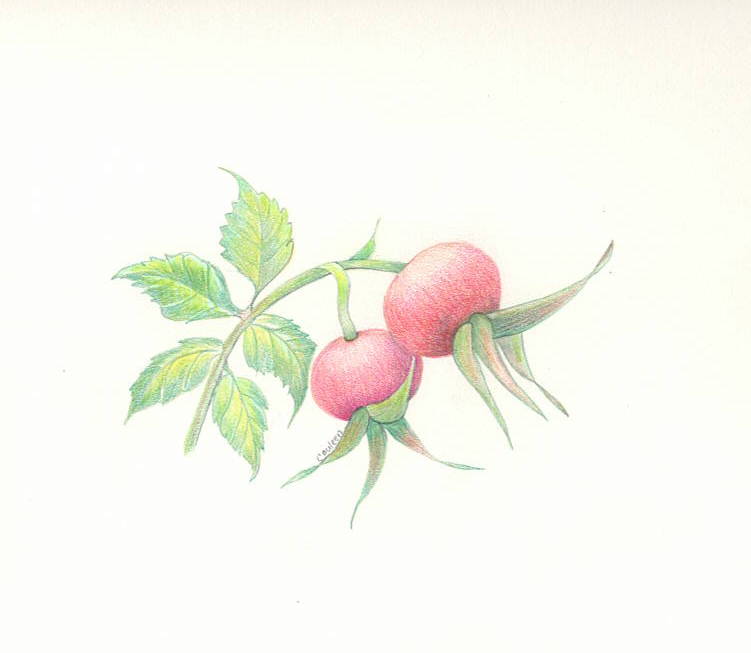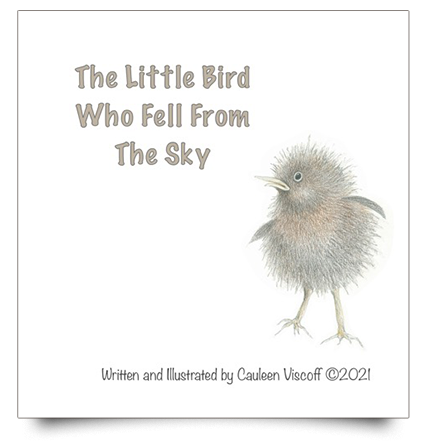I’d love to connect with you! Sign up for my monthly newsletter, "Garden Bliss & Blunder”
ANATOMY OF A ROSE
Before pruning roses,
it helps to know the parts of a rose....
because it can be confusing...
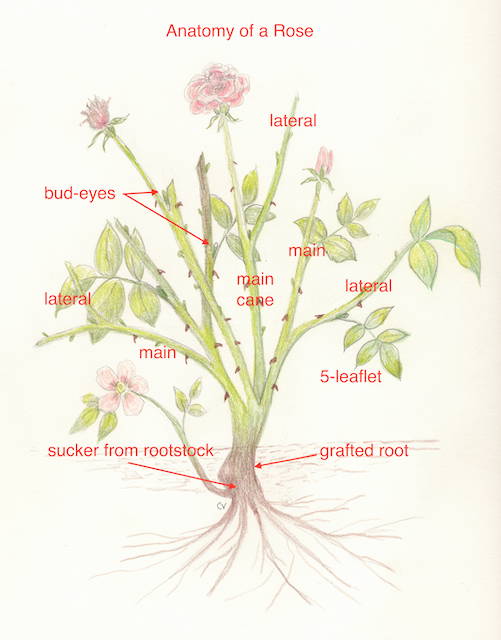
Thorns, Spines and Prickles.... ouch - look at these...
MAIN CANES :
These grow straight up and support the rose
- especially in a climber.
LATERAL CANES:
Grow outward from the main canes and when gently trained horizontally (as close to 45 degrees as possible), they will send out side shoots where the rose will bloom.
SUCKERS - can emerge from 2 places:
One: on a grafted rose, a sucker can grow from below the graft on the original root (rootstock) which below ground.
Or Two: a sucker can grow from the graft itself.
(see sketch above)
The base root of the rose (rootstock) is chosen for its hardiness and ability to support a grafted (or 'budded") rose, which is often too tender for some cold winters.
In a grafted rose, a sucker from the rootstock will produce a cane that may flower, but it won't be the same as the rose you purchased - it will be the same as the root your rose is grafted to.
Remove the sucker because it can literally “suck” the nutrients from the root before they reach your (grafted) rose.
HOW? - Gently pull aside the soil from the base, until you can reach the sucker and tear it off.
If you cut it, it will grow back.
LEAFLETS
Roses can have 3 leaves or 5 leaves (and sometimes 7)
Deadhead above a 5 leaflet
because the cane will be thicker
and better able to support a new bloom
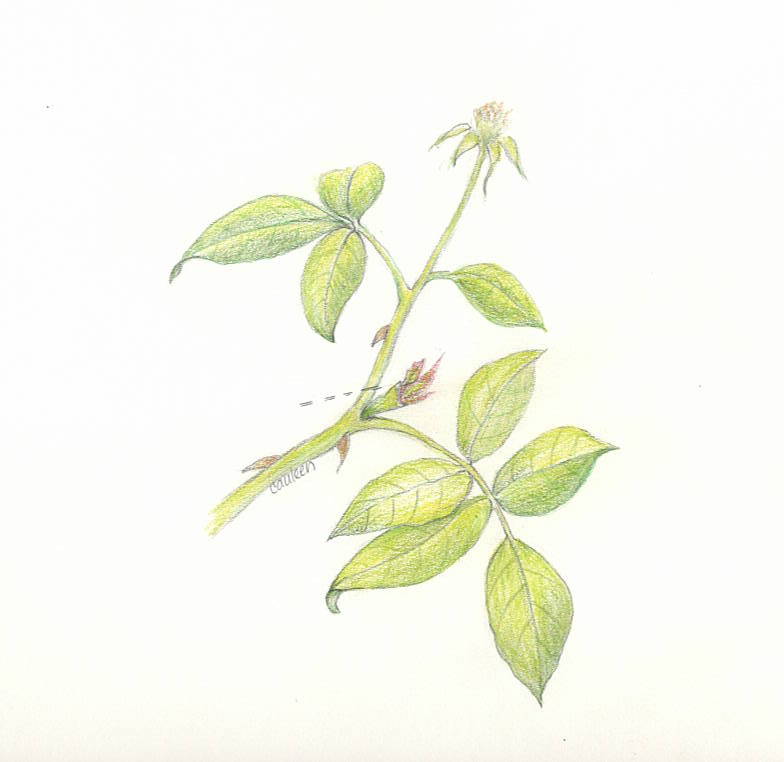

THE BUD UNION:
is the knot or nubby growth at the base of the rose where all canes start.
Both an "own root" and a "grafted" rose have bud unions
(see grafted rose sketch below)
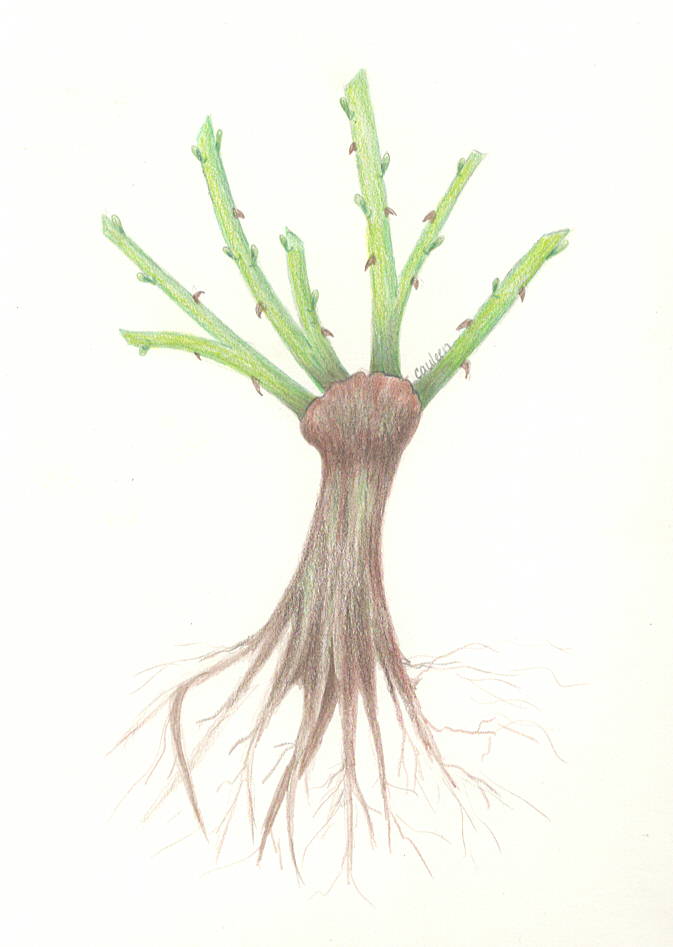 Bud Union on a Grafted Rose
Bud Union on a Grafted RoseGRAFTED ROSES
Grafted or budded roses are actually 2 roses joined together with a graft. A less hardy rose is grafted (added) to a hardier root(stock) to help it survive colder climates
More delicate roses are often grafted to a hardy rose like "Dr. Huey"
If the grafted rose on top dies, the rootstock will send up its own canes, reverting your rose to the hardier "Dr. Huey"; a tough rose that will grow most anywhere.

Grafted Rose Sketch
To protect the graft site, always plant your rose so the bud union (where the two roses are joined) is beneath the surface of the soil - especially in zones with freezing winters.
4 to 5 inches below soil surface is best.
Otherwise, the freeze-thaw-freeze cycle in early winter or spring, can split the graft (sketch above) as water can enter a tiny space and freeze, splitting the base of the rose.
And, although some may disagree, my experience has been that a rose's graft left above ground, is open to the elements; It can dry out and split, even with an accidental bump by humans, or clippers.
Safest to bury the graft below soil level.
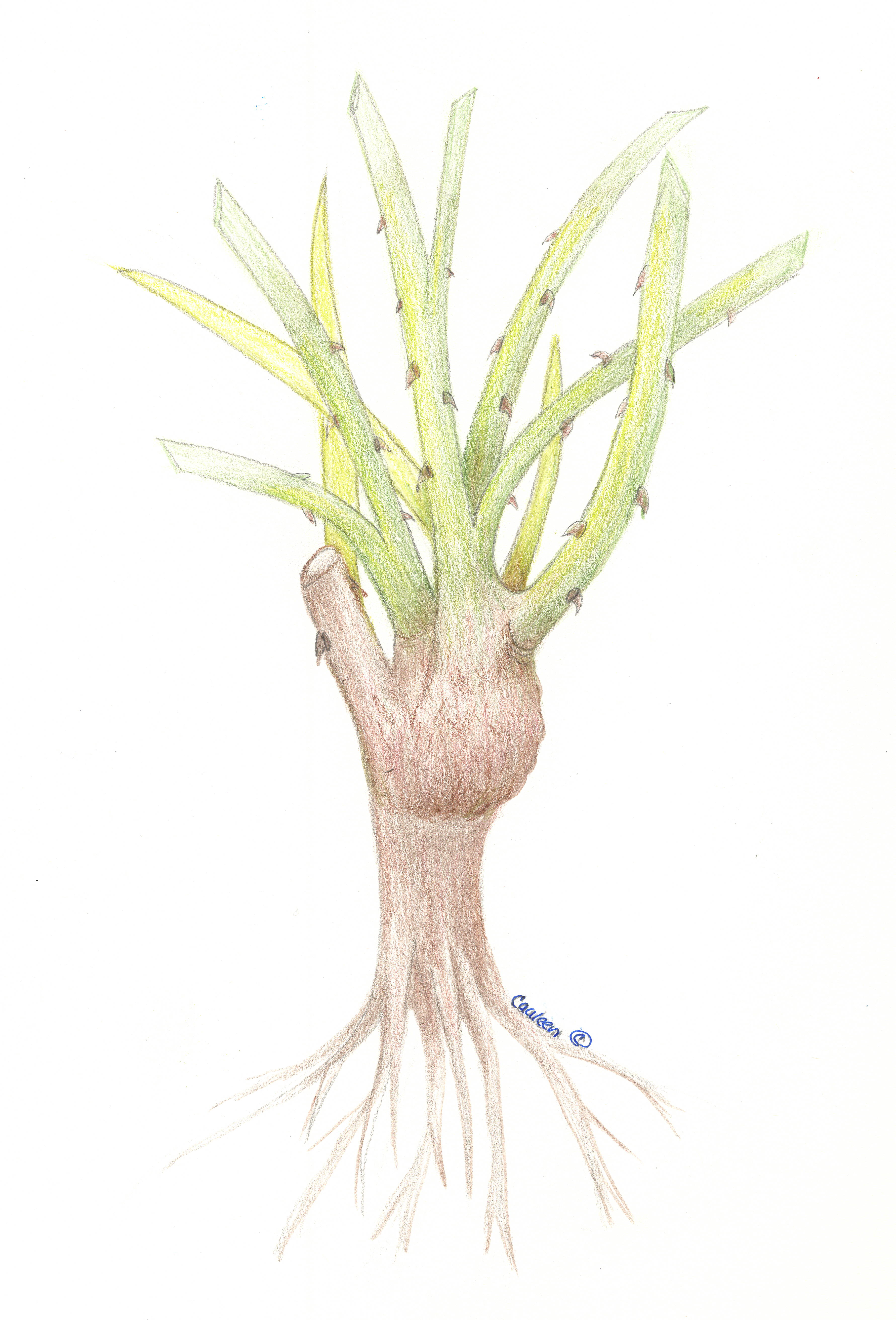 Grafted Rose
Grafted Rose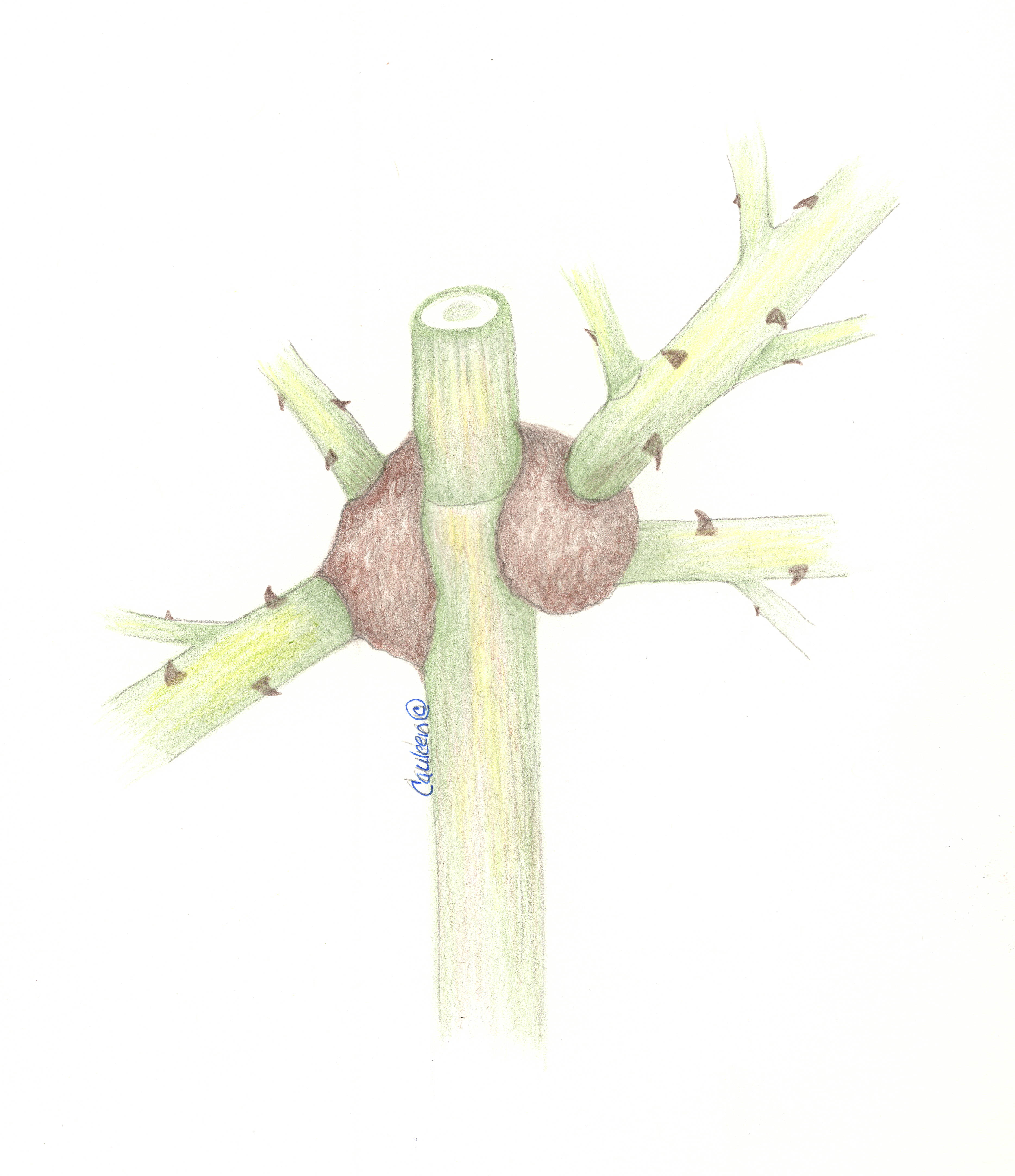 Rose-Tree-Graft
Rose-Tree-GraftROSE TREES
have a strong, upright cane with one or sometimes two different roses grafted to the top of that cane making it look like a small tree.
In colder winters, rose trees are a bit of a challenge to overwinter - It's a bit tricky and a bit difficult... but not impossible and worth the effort.
See OVERWINTERING ROSES for more.
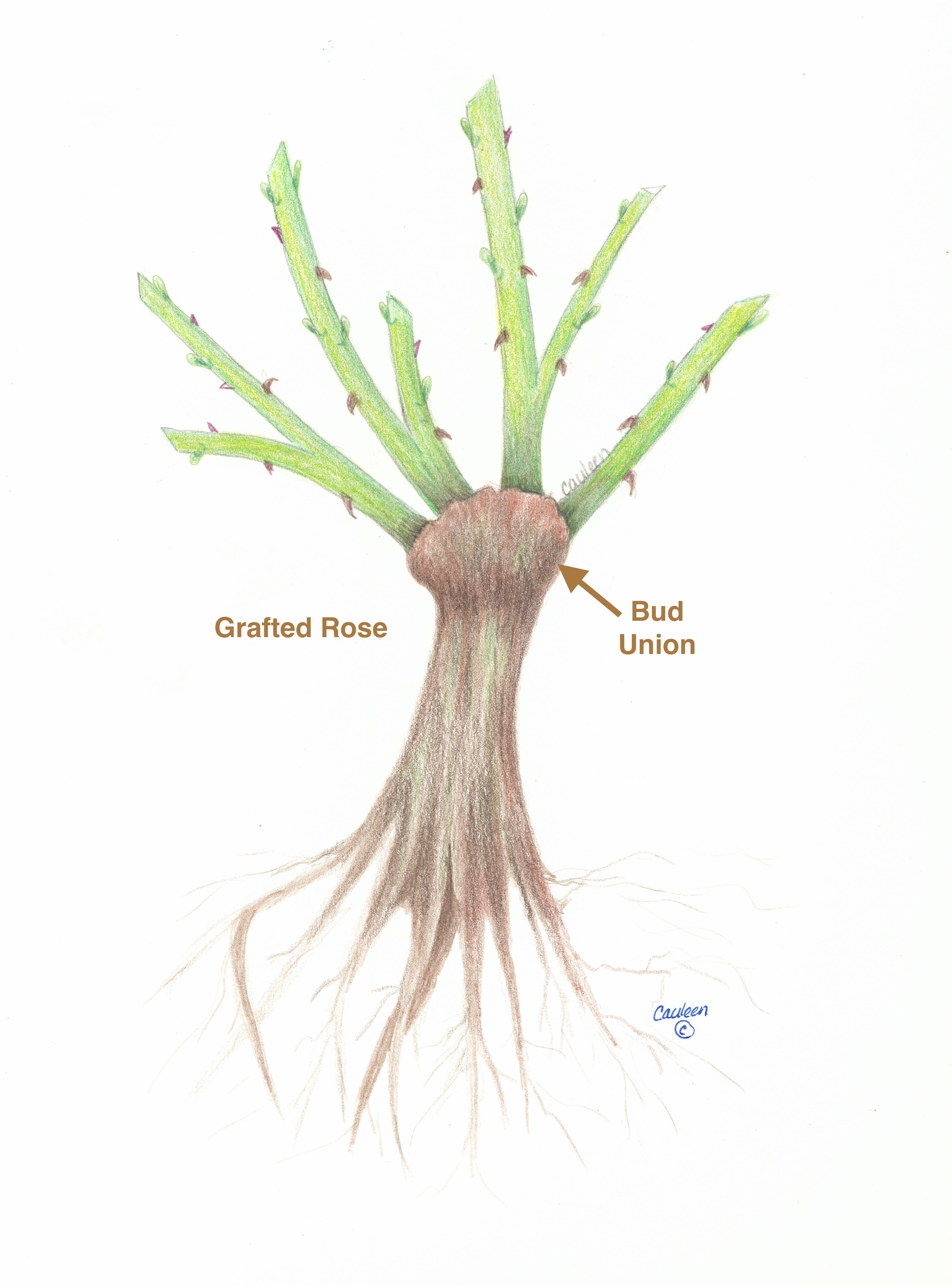 Grafted Rose also
Grafted Rose alsoOWN - ROOT ROSES
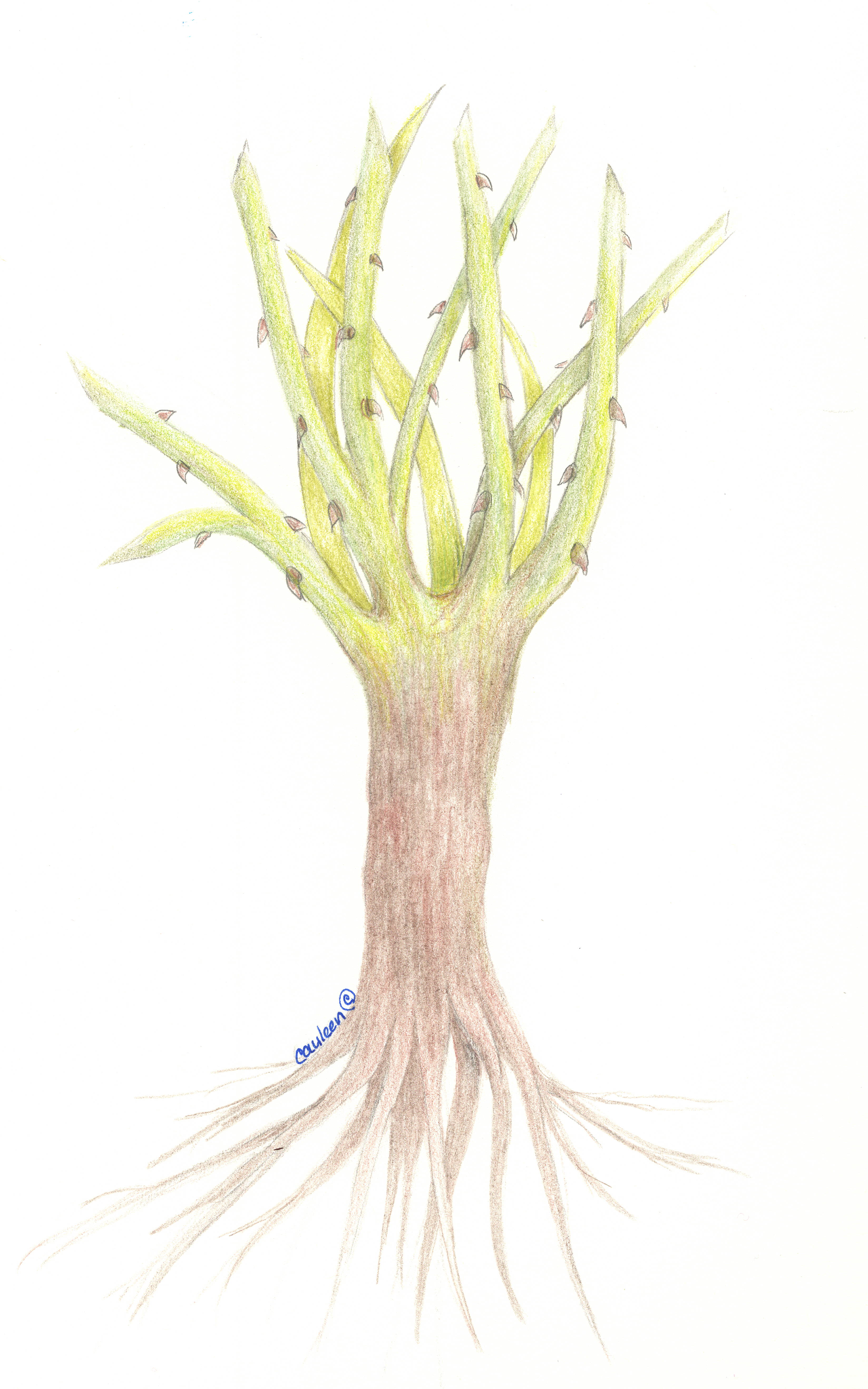 Own Root Rose
Own Root RoseOWN ROOT ROSES grow on their own root.. no graft.
These roses are often hardier than grafted roots, especially in zones lower than 5 or 6. They, too do better when planted deeply.
...they tend to live longer because the root does not have to support 2 different roses.
A BUD-EYE:
is the little swelling where new growth emerges along the cane
-often has a small half circle beneath. Usually there is one main eye on a cane and 2 "guard" eyes - one on each side, so if one dies, the other will grow.
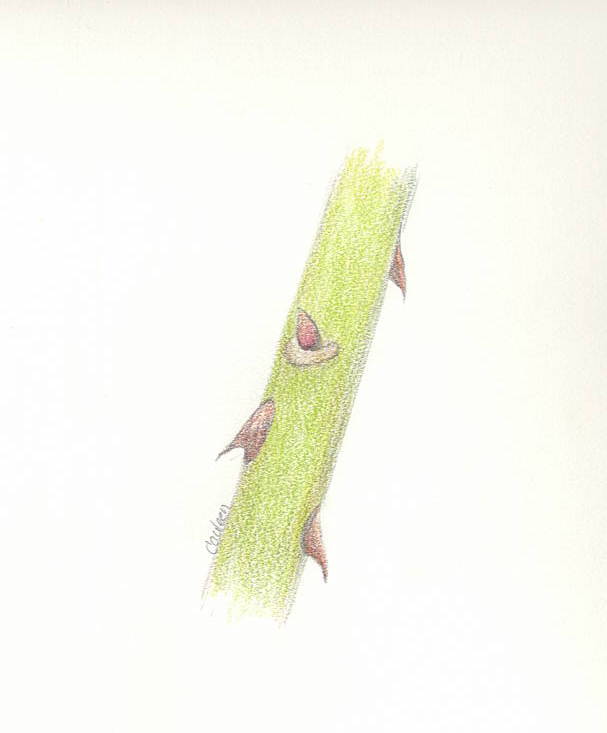 Emerging Bud Eye
Emerging Bud Eye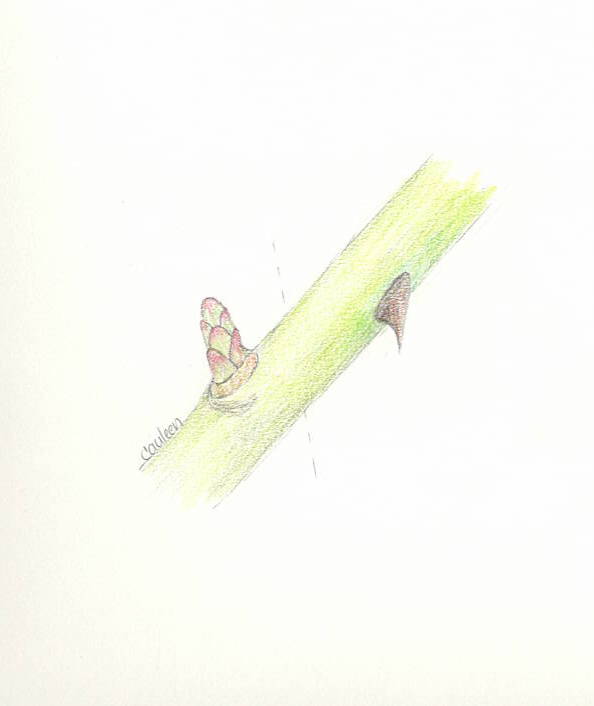 Emerged Bud Eye
Emerged Bud Eye"OUTWARD FACING BUD"
is a bud that faces away from the centre of the rose bush.
HOW TO TELL?...picture a line down the centre of the bush
and it's easier to decide if the bud is facing in toward the centre
or facing out of the bush. History tells us to prune a rose so the new canes will grow outward, leaving air space in the centre, supposedly to prevent disease.
Most of the new "modern" roses are hardier and more disease resistant, so there isn't the same need to keep the centre open for air flow as in the older Hybrid Teas or other delicate Species Roses.
BASAL BREAKS
They are the new reddish stems (or shoots) growing from the canes. Basal breaks indicate a healthy rose, sending up new canes that will bloom next season..
Be careful though...they're fragile and if you knock one off by mistake,it won't re-grow. Basal breaks will eventually replace the older, tired and bloomed-out canes.
On Own Root roses, basal breaks come from the base of the rose.
On Grafted Roses, basal breaks come from the graft itself.
(see sketch below)
When the basal break reaches about a foot tall, prune it back to a bud eye. This forces the cane to branch out, encouraging it to produce flowers.
When you shorten the cane, it sends more energy for blooms.
Sometimes, new canes coming up from the ground, could also be suckers coming from the rootstock below the graft.
(see also SUCKERS)
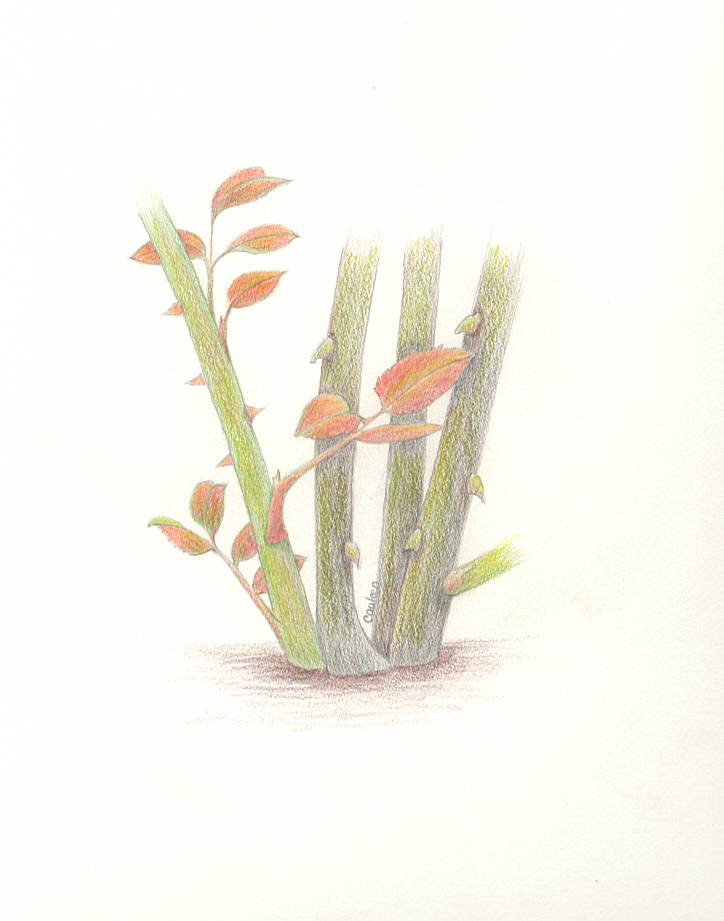 Basal Breaks are the new reddish canes
Basal Breaks are the new reddish canes
If your rose is has been grafted, and buried deep below the soil level, basal breaks might appear as though growing separately from the stem
(see sketch above).

Basal breaks can also emerge from the side of a cane.
Be careful not to confuse new healthy growth
with Rose Rosette Disease (RRD).
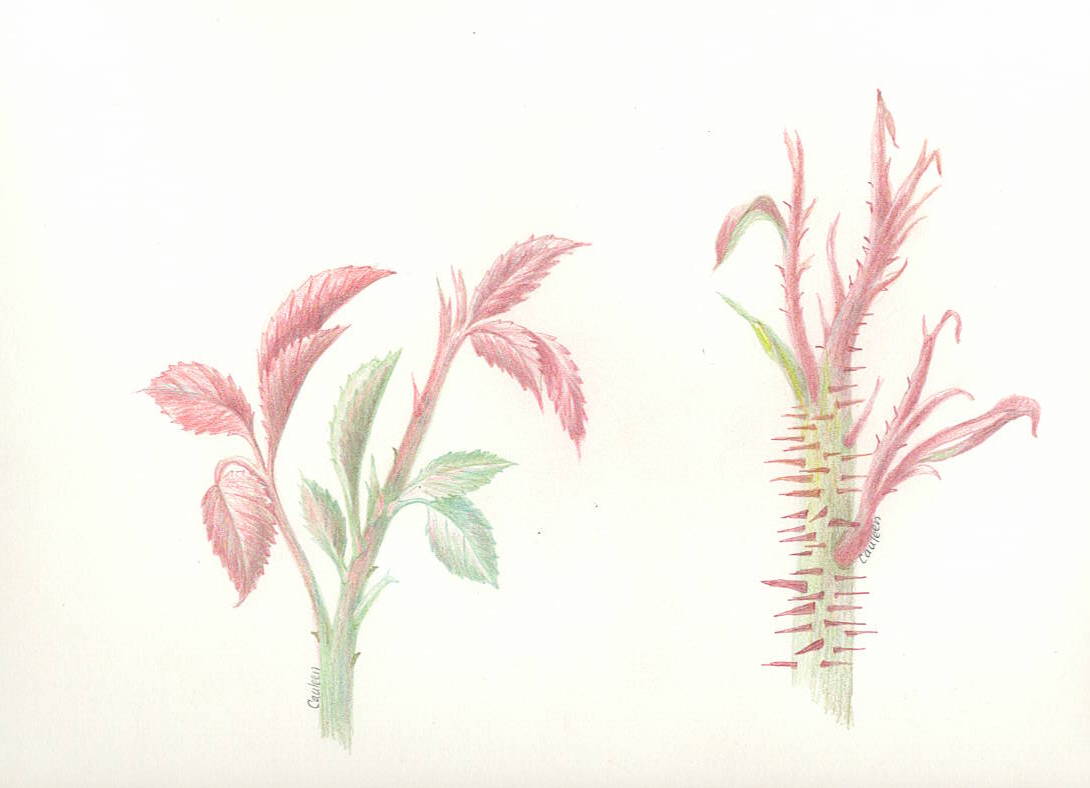
HEALTHY on the LEFT with ROSE ROSETTE on the RIGHT
See more from the experts at: roserosette.org
A BLIND SHOOT:
can grow tall quickly but won't produce blooms unless you prune it back to a healthy bud-eye. One reason for blind shoots can be a late frost in the early spring which can kill off new little end (terminal) buds.
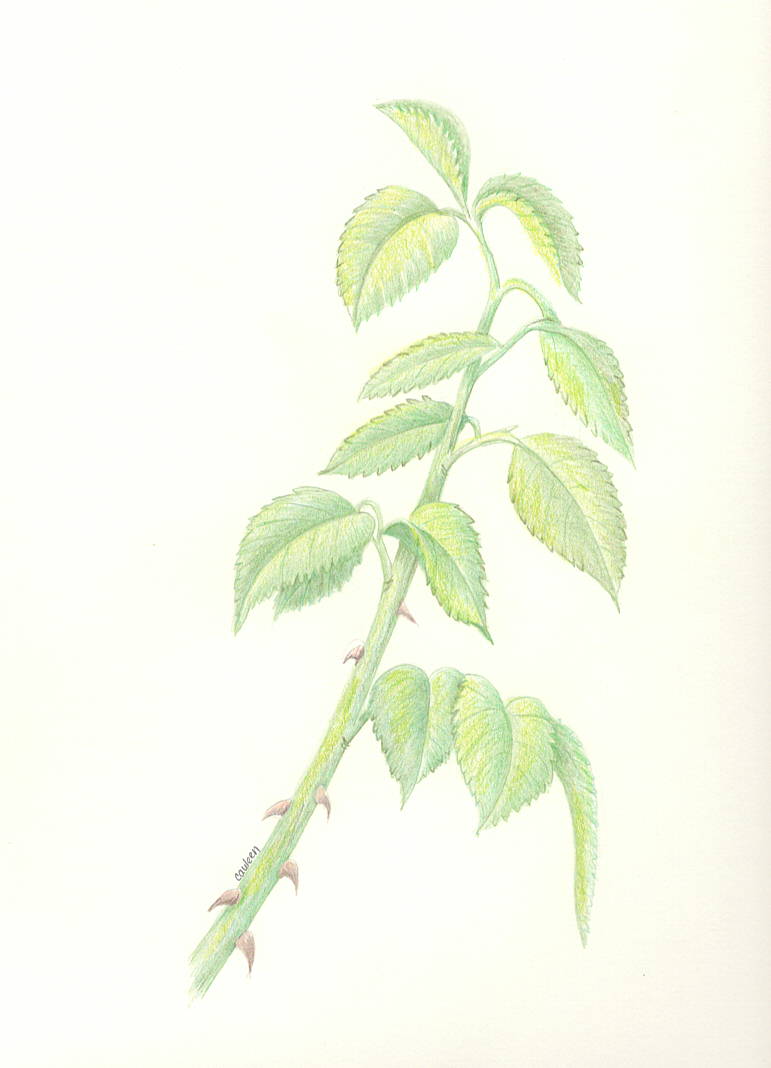 Blind Shoot
Blind Shoot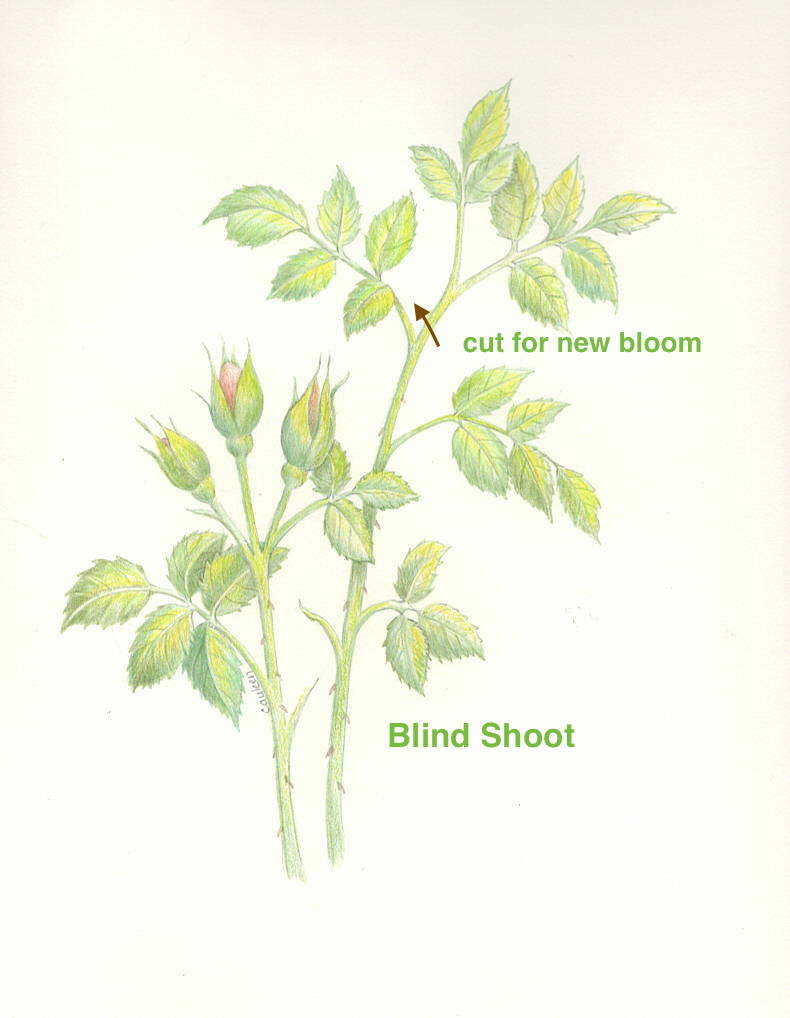
ROSE HIPS
When a rose “sets hips” it signals the rose to stop producing blooms. That red casing on the hip encloses a seed pod and begins dormancy for the rose. Usually dormant season is autumn or fall in northern hemispheres.
Leave the hips for the birds or take a few for tea (Vitamin C) and don't prune the rose - it needs all that lovely green (carbohydrates = nutrients) to go back down to the roots to keep it strong over the winter.
